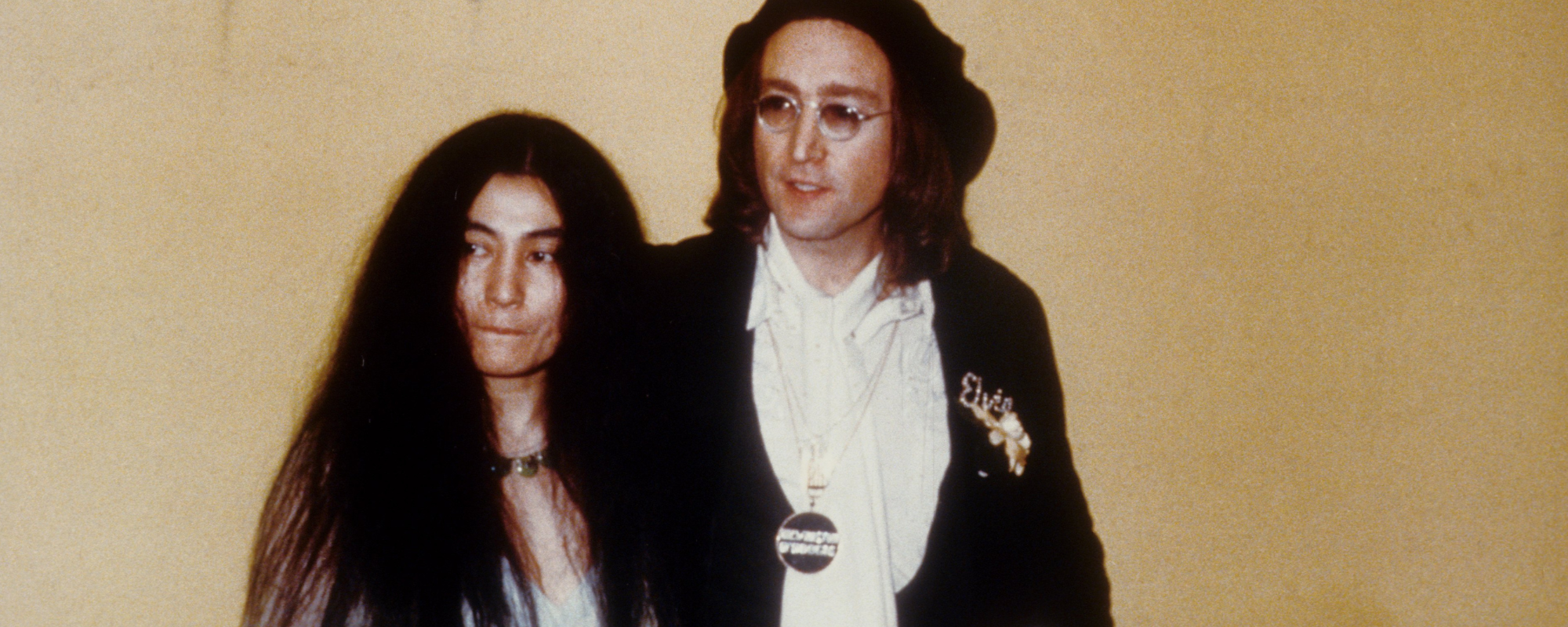Many classic bands take the big leap with their third albums. In the case of Tom Petty and the Heartbreakers, their third album Damn the Torpedoes in 1979 didn’t represent a humongous jump in quality from their excellent first two records. But if did break them through to pop music radio and brought Petty the stardom that would accompany him the rest of his life.
Videos by American Songwriter
Damn the Torpedoes epitomizes the classic Heartbreaker sound, tough and tender all at once, as realized by Petty and then-upstart producer Jimmy Iovine. Let’s take a look back at what made this album so special.
Lawsuits and Lost Songs
Before he could make his anticipated third album with the Heartbreakers, Tom Petty found his career in some jeopardy. A lawsuit filed by MCA led to Petty, who was frustrated his contract had been sold from one entity to another without his permission, claiming bankruptcy as a defense. Thankfully, both sides found common ground (at least until Petty got into it with MCA two years later about the list price of his next album, Hard Promises.)
Petty earned appreciation from fellow artists for the stand he took. But it also put somewhat of a target on his back. Lest he be labelled a problem child, he needed a big record that would make the powers that be understand his demands were worth satisfying.
Petty initially assumed that Denny Cordell, who had mostly produced the band’s first two albums, would helm the third record as well. But Cordell instead suggested Jimmy Iovine, who, at that time, was mostly known for the work he did as an engineer on John Lennon’s Mind Games.
Once Iovine got the gig, he insisted on hearing every piece of music Petty had written and not yet released. That meant going back to Petty’s days fronting Mudcrutch and also a short stint when he was projected to be a solo artist. These efforts turned up “Don’t Do Me Like That,” which Petty thought was a throwaway. Iovine heard a hit, and, thanks to the way Benmont Tench’s sparkling organ work complemented Petty’s ornery vocal, he was right, as the song hit the Top 10.
Demanding Drums
Petty liked Iovine’s enthusiasm, as they shared a vision that Damn the Torpedoes could indeed be a massive record. But it was a case of be careful what you wish for, as the artist soon found the producer could be extremely demanding about what he wanted to hear.
Iovine especially stood firm on getting the best possible drum sound on the record, which occasionally rankled Heartbreakers’ drummer Stan Lynch. Petty later claimed that whole days would be spent in he studio just getting the right sound on a snare drum.
While that might have sounded like needless perfectionism, it paid off when audiences head the snap of Lynch’s drums at the beginning of “Refugee.” Although the song, with lyrics by Petty from a brooding piece of music by guitarist Mike Campbell, isn’t exactly cheerful, the sharp production and potency of the performance pushed it over. It became a second Top 20 hit from the record.
The Legacy of Damn the Torpedoes
After those top two singles went big, Damn the Torpedoes as an album soared. After his first two records did no better than No. 23, this one rolled to No. 2. It would remain Petty’s highest-charting album until his final release with the Heartbreakers, Hypnotic Eye, topped the charts in 2014.
Beyond the hits, songs like “Even the Losers” and “Here Comes My Girl” became rock radio staples. And deep cuts such as “Shadow of a Doubt (Complex Kid)” and “Louisiana Rain” (the album closer that Iovine also found digging through Petty’s old tapes) cut just as deep as the smashes.
On Damn the Torpedoes, commercial acceptance caught up with the critical acclaim this band always enjoyed. Tom Petty and the Heartbreakers, with the help of their indefatigable producer, found the sweet spot so rarely located, one where great music and extremely popular music turn out to be one and the same.
When you purchase through links on our site, we may earn an affiliate commission.
Photo by Michael Montfort/Michael Ochs Archives/Getty Images












Leave a Reply
Only members can comment. Become a member. Already a member? Log in.